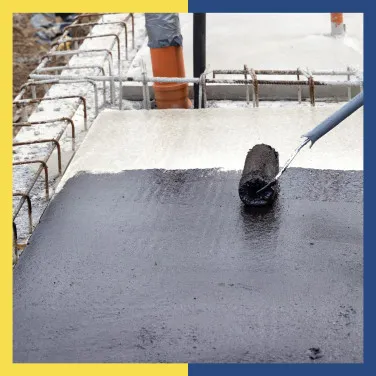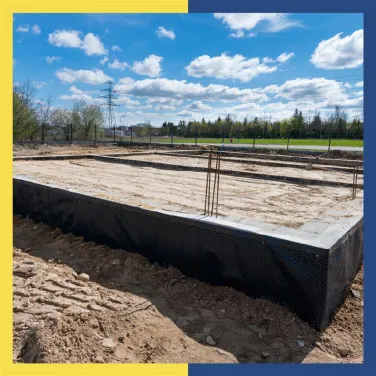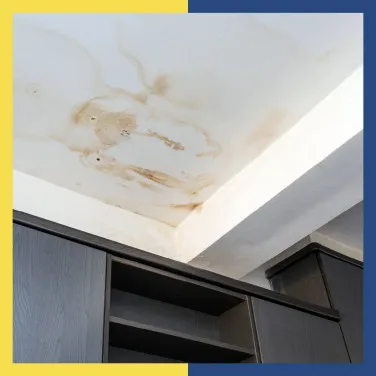

Waterproofing vs Damp-Proofing: Everything You Need to Know
The difference between waterproofing and damp proofing | Drfixit Waterproofing Solutions
Protecting your home from water damage boils down to understanding the solution you adopt. That’s why it's important not to confuse damp proofing and waterproofing. Here, we'll cover each method and its differences to help protect your home better.
Table of Contents
Although often used interchangeably, damp proofing and waterproofing address different levels of moisture control. The solution you adopt is based on the damage and problem you face.
That’s why understanding the differences between damp proofing and waterproofing solutions is key.
This article will answer the question: what is the difference between damp proofing and waterproofing? It will also guide you in making an informed choice by covering the essentials of each method.
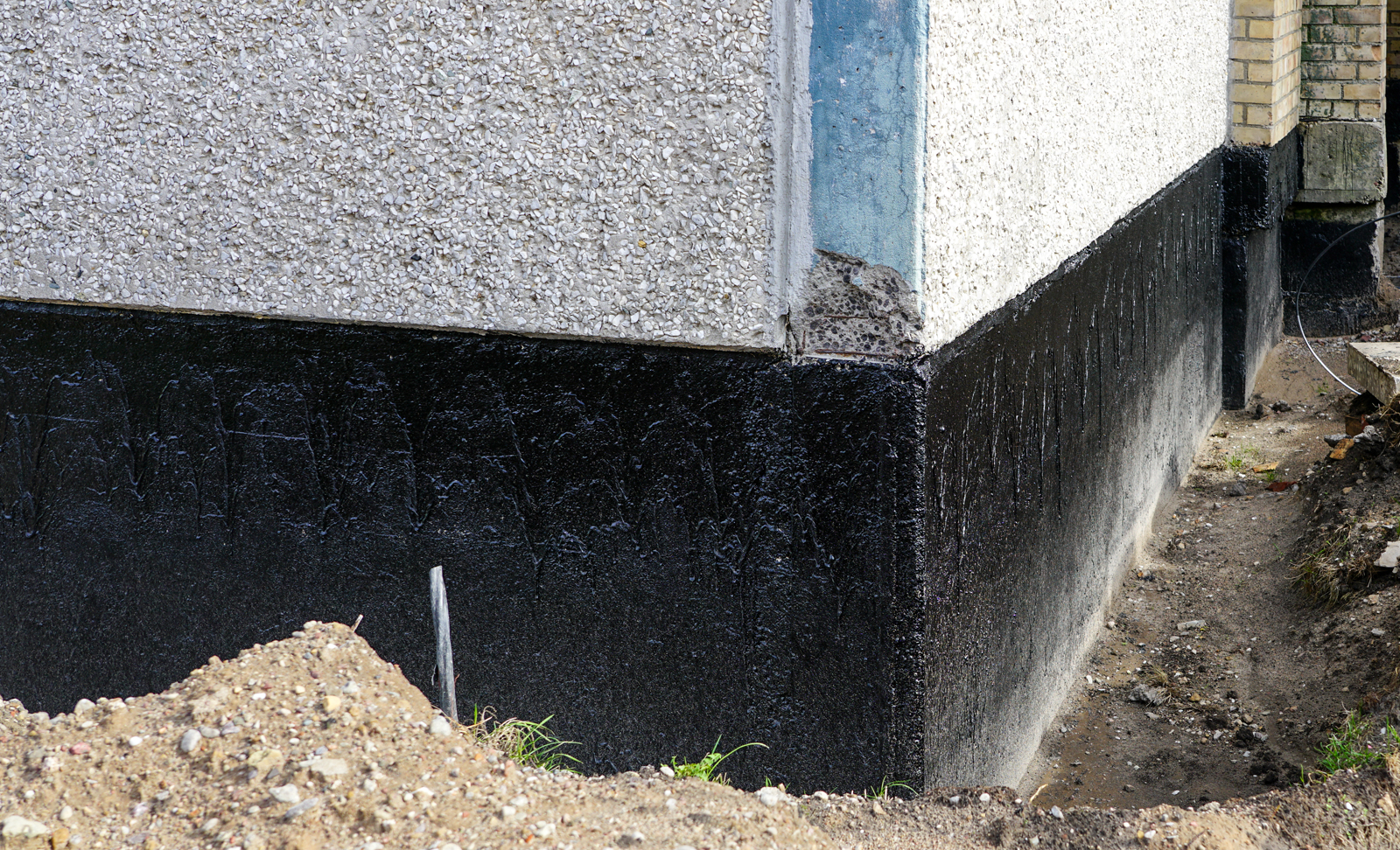
Understanding waterproofing and its importance
Waterproofing is the process of creating a barrier against water. It prevents intrusions such as leaks and seepages from penetrating a structure or surface.
Since each home's surface has different needs, waterproofing solutions are often specialised based on areas such as roofs, walls, and bathrooms. It also involves sealing any damage or exposure, such as cracks on walls, blistering plaster, etc.
Here’s how waterproofing plays a vital role in protecting your home –
-
Protects structural integrity
Waterproofing solutions mitigate the chances of cracks, corrosion, and structural deterioration by preventing water damage.
-
Enhances durability
Increases the lifespan of buildings and surfaces by safeguarding them from moisture-related deterioration.
-
Prevents health hazards
Reduces the risk of mould and mildew growth, which can cause respiratory problems and allergies.
-
Improves indoor air quality
Creates a healthier living or working environment by minimising dampness in walls and associated odours.
-
Maintains aesthetic appeal
Prevents unsightly water stains, efflorescence, and other blemishes. This also preserves your property’s value.
Understanding damp proofing and its importance
Damp proofing is a method of resisting moisture penetration on surfaces not exposed to hydrostatic pressure. It involves applying coatings or treatments to reduce moisture absorption and prevent dampness.
Considering its purpose and impact, here’s why homeowners must consider damp proofing:
-
Protects against efflorescence
Prevents salt deposits from forming on surfaces, maintaining their appearance.
-
Improves thermal insulation
It reduces heat loss through walls and floors by preventing dampness.
-
Increases the lifespan of finishes
It protects paint, plaster, and other finishes from moisture damage and increases their longevity.
-
Creates a comfortable living environment
Damp proofing minimises dampness and enhances overall comfort.
While waterproofing also delivers many advantages, damp proofing focuses on providing these specifically through moisture reduction.

Key differences - damp proofing vs. waterproofing solutions
With the overview and importance of each aspect, let’s understand the difference between damp proofing and waterproofing.
| Damp proofing | Waterproofing | |
| Application process | Damp proofing is applied as a layer of coating on surfaces. Despite this, it often takes quite some time to begin working. | Waterproofing solutions are applied on surfaces and within a home’s structure. Its application process, which includes surface preparation, is relatively shorter and more straightforward. |
| Areas it can address | Since damp proofing doesn’t create a strong barrier, it cannot withstand hydrostatic pressure. That’s why it is used only on interior walls, basements, and floors. | Waterproofing creates a robust barrier and actively repels water. This additional layer of protection makes it perfect for any part of your home, including roofs, bathrooms, and exterior walls. |
| Durability and thickness | Damp proofing creates a thin layer of protection focusing on moisture reduction, making it less durable during water intrusions. | Delivers a thicker and more durable shield that can withstand heavy rains and provide long-lasting protection |
| Maintenance and Repair | Because they are less durable, surfaces with only damp proofing often wear and tear frequently. This means they need regular reapplication. | Waterproofing generally requires less frequent maintenance and is more resistant to damage. However, to maintain its effectiveness, it is crucial to address any leaks or damage promptly |
Tips for making the right choice
Beyond all the details on fundamental differences, here are two tips that’ll help you make an informed choice -
-
Consider your environment
Waterproofing is the best way to protect your home or apartment if your area is prone to erratic weather. Damp proofing is the right start if you’re in an area prone to high soil water or in a home with a basement. It will help battle rising dampness and groundwater seepage.
-
Existing protection
If your home has already been waterproofed, it's best to continue with comprehensive protection. Damp proofing is used to address foundations during the construction phase, so it’s a good idea for routine maintenance inside your home.
It’s also important to remember both solutions are ideal for different areas and phases. In case you haven’t waterproofed your home, it’s ideal to schedule a quick consultation with veterans like Dr. Fixit as soon as possible.
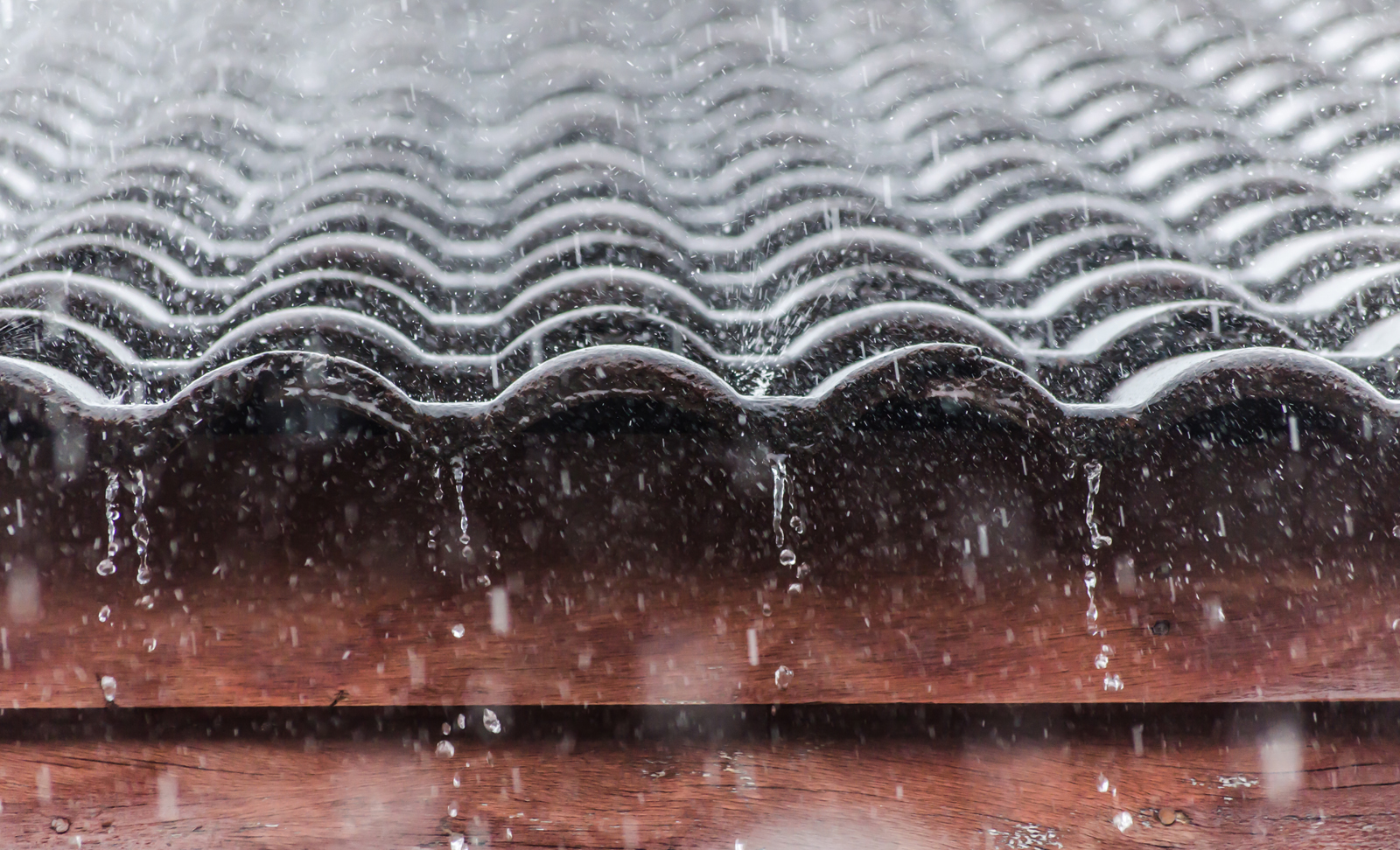
Comprehensive damp proofing and waterproofing solutions with Dr. Fixit
Deciding between damp proofing and waterproofing boils down to what your home needs and your environment. Our detailed breakdown of damp proofing vs waterproofing solutions enables you to make the right choice.
That said, for the most comprehensive solution, you need the right partner to cater to all your needs. Dr. Fixit is the perfect fit for all your damp proofing and waterproofing needs.
With a wide range of high-quality products and seamless services, including expert consultations and home inspections, Dr. Fixit ensures complete protection for your home.
So don’t hesitate. Reach out to Dr. Fixit today by filling out the form below.
FAQs
FAQ#1 - Is there a difference in the application process between damp proofing and waterproofing?
Yes, there is. Damp proofing is usually applied as a liquid coating sprayed, rolled, or brushed onto the surface. In contrast, waterproofing solutions can be applied as coatings or even directly mixed into cement. The specific method varies based on the area requiring treatment
FAQ#2 - Which one is more effective in preventing water damage - damp proofing or waterproofing?
Both of them are needed for comprehensive protection against water seepage. Damp proofing prevents moisture and humidity; it is mainly used for home basements and foundations. Waterproofing is more effective in preventing water damage on all surfaces, including exterior walls and other rooms, as it creates a robust barrier against intrusions.
Get Professional Waterproofing Solutions Today
Fill The Form below to took free site evaluation by Dr. fixit point safe painting service expert
New Home
Importance of getting waterproofing before designing your house | Drfixit Waterproofing Solutions
New Home
Playing with Colour - The rang barse wall protection from Dr. Fixit Raincoat - The Happy Homes
New Home
Importance of getting waterproofing before designing your house | Drfixit Waterproofing Solutions
New Home
Playing with Colour - The rang barse wall protection from Dr. Fixit Raincoat - The Happy Homes
New Home
Is your contractor doing a hasty job? Here's how to ensure quality waterproofing solutions
New Home
Waterproof coating for walls: Selecting the long-lasting solution for your walls
Get Professional Waterproofing Solutions Today
Fill The Form below to took free site evaluation by Dr. fixit point safe painting service expert















